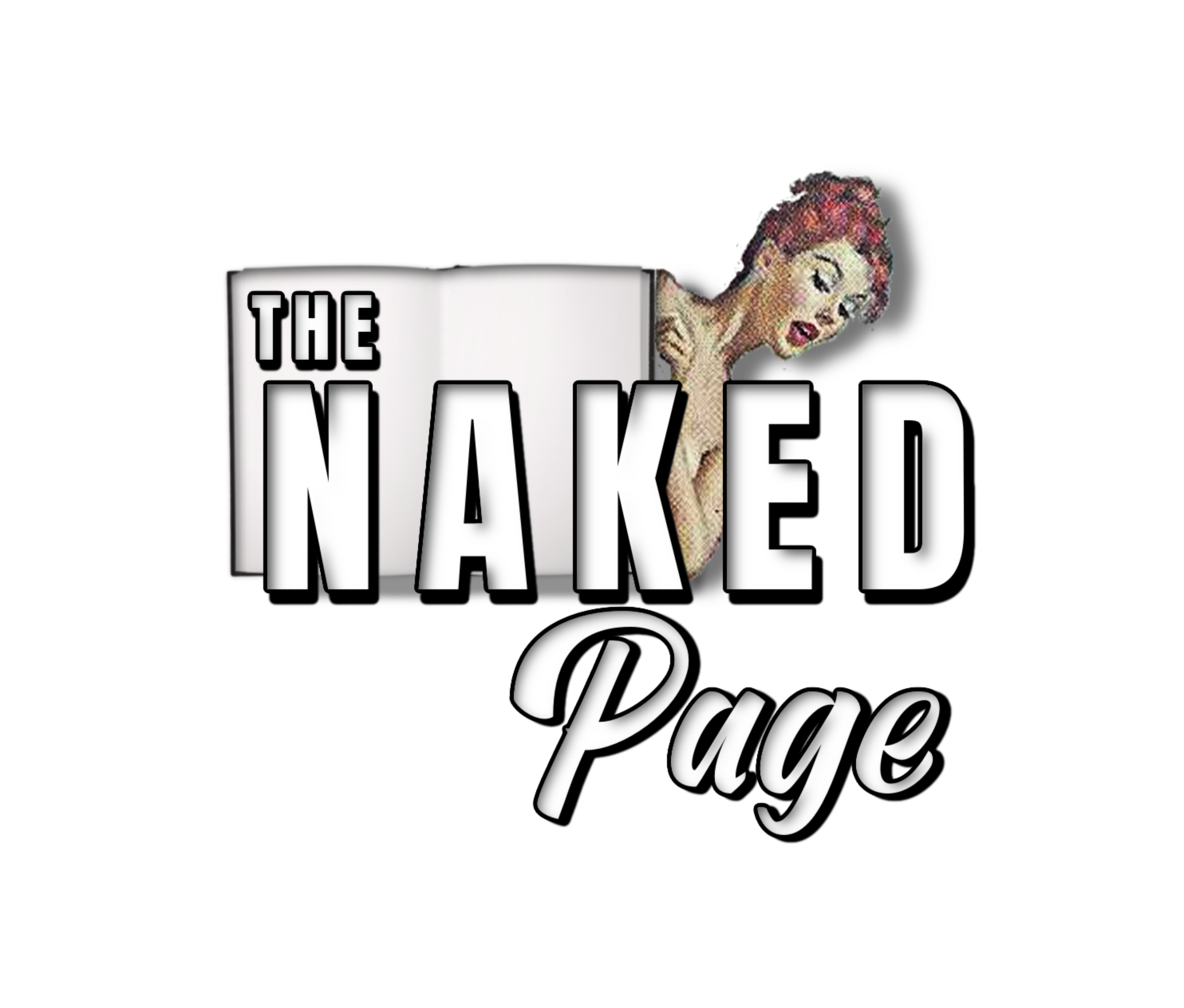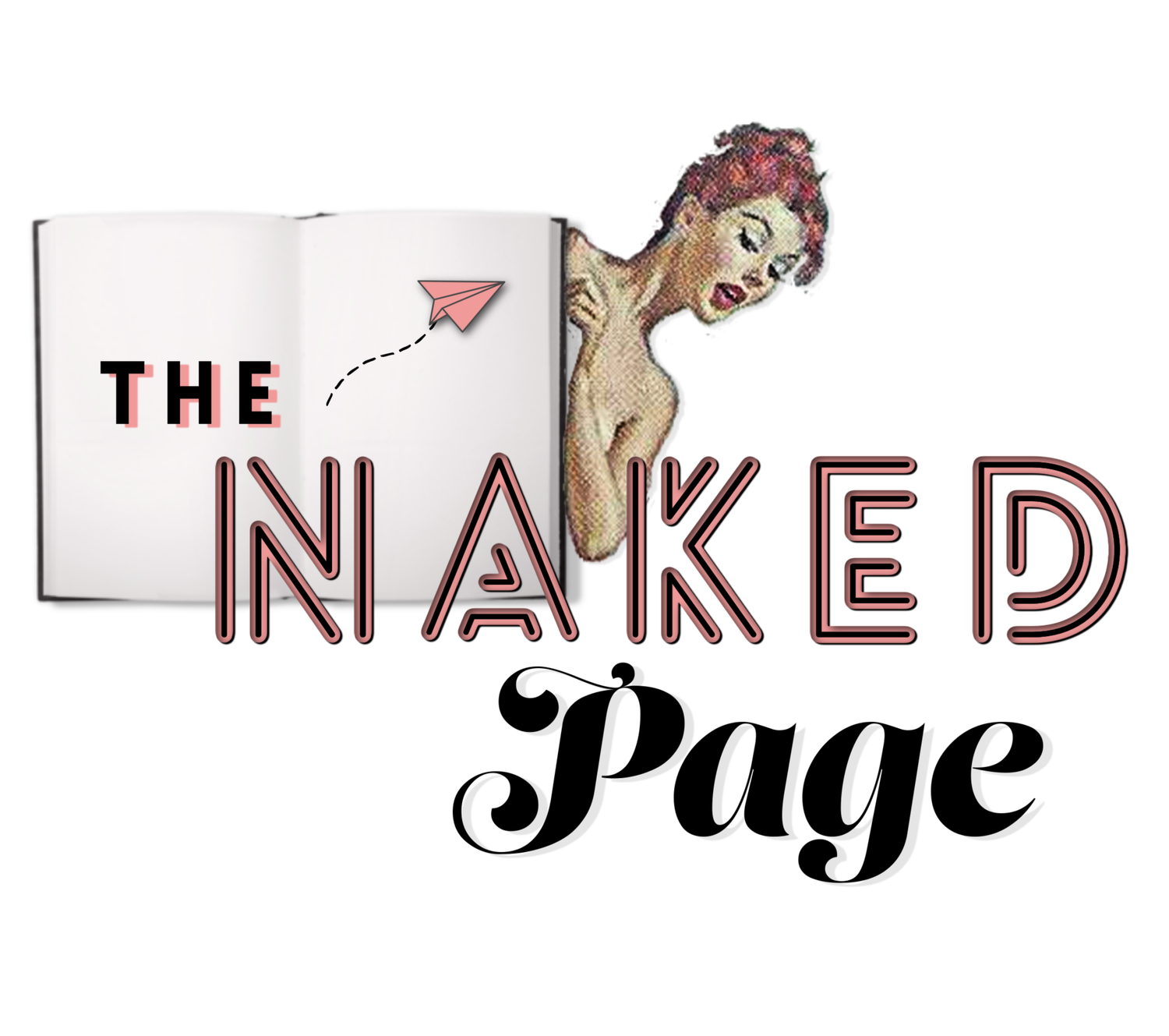Don’t Be the Hero of Your Memoir
**This is a blog post that was written just after #MeToo and never published.
Isn’t everyone a hero these days?
Parents. People with chronic illnesses. Women. Most definitely women are all heroines, right?
Now before you jump down my throat for being sarcastic know that I’m all the above.
Yes, life’s been challenging for me and nearly everyone I know since early 2020, but don’t stick me with some hero label. Call me jaded, but I don’t think the title of hero needs to be handed out to everyone who overcomes something in life. That doesn’t mean we don’t need the uniqueness of stories.
On the contrary, we need anti-hero stories more than ever.
That’s why it was so refreshing to read Brit Marling’s opinion piece in the New York Times entitled I Don’t Want to Be a Strong Female Lead. Marling became a filmmaker after spending years auditioning for unappealing acting roles in Hollywood.
As someone with a theatre degree, I can sympathize.
Once I understood what the audition process was like for women, I decided not to pursue anything acting-related for an exceedingly long time. I think many people have a false notion that things are better today. But just because a few women have won roles in action flicks or a handful of them get cast as CEOs doesn’t mean all things are created equal.
This quotation from Marling’s article resonated with me:
“Because what we really mean when we say we want strong female leads is: ‘Give me a man but in the body of a woman I still want to see naked.’”
Ain’t that the truth? We, women, can fit right into society so long as we take on the male model but still look fuckable in a wet suit. (Excuse my language, ladies.)
I reject that role and I’m forever grateful to learn Marling rejects it, too.
When I had a newborn and was contemplating going back to the airlines, I couldn’t understand why breastfeeding flight attendants were getting harassed routinely in the air. Wasn’t it 2017? And then there were those flight attendants who didn’t want to advocate for rules against this kind of abuse. Instead, they all preferred putting up a fight for their rights without any support from the company or union.
Not me.
The idea of being on a hormonal rollercoaster working a 15-hour day and haggling with my co-workers about where they’d like me to pump on a plane so as not to offend them didn’t sound like a rollicking good time. Not long after I quit the airlines.
Maybe I’ve become more emotional, more feminine since I’ve had my daughter but I’m happy to embrace that side of myself. It doesn’t mean I don’t have a voice or don’t deserve appropriate protection. It means I don’t believe I need to acquire male aggression to have my female self considered worthy.
Soon after reading Marling’s article, I stumbled onto Naomi MacDougall Jones’s essay Returning Our Heads: Inside the Fight to Dismantle the (White) Gods of Hollywood. It’s one of the most insightful reads about the male gaze in cinematography I’ve ever read. I urge you to read this article and analyze the films you watch more critically. Visually you may not even realize you’ve supplemented your own POV for a masculine one.
MacDougall Jones dissects the cinematography that has literally dissected us on screen. She identifies how film after film includes shots of women’s body parts completely separated from their heads. It happens far more often than you might think.
But it goes further than how our bodies are filmed in movies.
This masculinity is baked into the structure of most storytelling.
Most writers and storytellers are familiar with The Hero’s Journey made popular by famed philosopher Joseph Campbell. It’s often described as a monomyth. I wrote about my experiences taking classes from Campbell’s protege Jonathan Young in My Hero’s Journey: A Philosopher Mom Takes a Detour. I loved that experience and I still find merit in this story framework.
But there is an alternative structure to The Hero’s Journey and no, I’m not talking about stories like The Labyrinth or The Wizard of Oz. Sticking a female protagonist in a movie and sending her out on a quest is just one more way we emulate the male narrative and continue The Hero’s Journey.
What I’m talking about is a feminine, inward transformation tale.
As a culture, the feminine is often seen as weak and unnecessary. Disposable. Compassion, empathy, kindness, and consideration aren’t characteristics we’re expected to aim for in our society. Instead, we cultivate leaders, male or female, who can bully their way to the top.
Reading the articles by Marling and MacDougal Jones revealed to me I’m not alone in my disinterest in embodying male behavior in female form. But rejecting this narrative in favor of more feminine traits feels isolating. Like I’m a two-headed alien asking for Kool-Aid and green eggs to take back to my spacecraft.
How many times have I been told that the world is all about competition and I need to be louder and more aggressive to get noticed in the marketplace? How many times am I going to find slick marketing online that tells me in order to serve my clients, I must utilize tactics that trick people into buying something that offers no value?
I’m not buying it, that’s for sure. And I’m no longer going to be buying what the online Wonder Women are selling if it's male nonsense wrapped up in pink packaging, either. I don’t care how cool your lasso of truth is.
Why is this masculine narrative the only one that’s deemed worthy?
The world may feel like it has no stories of the feminine other than silly romantic comedies, but there is a structure for our stories, too. And we’re in desperate need of those narratives today. You’ll find it detailed in Kim Hudson’s The Virgin Promise: Writing Stories of Feminine Creative, Spiritual, and Sexual Awakening.
What if Joseph Campbell’s Hero’s Journey wasn’t exactly a monomyth? What if we’ve been surrounded by these feminine stories our whole lives but we’ve failed to reflect on them as we have with their male counterparts?
That’s exactly what I discovered was happening when I read Hudson’s book.
Hudson aspired to be a screenwriter but found that all her classes fell back on The Hero’s Journey. So, she began to identify and analyze a new structure. The story of a Virgin or Princess as the protagonist.
Like it or hate it, this structure has merit for us all.
I almost didn’t buy her book because of the title. But after reading it, I had to ask myself, am I guilty of what I’ve been fighting against? Railing against anything that doesn’t uphold masculine values as the most significant.
Here’s the deal about the Virgin or the Princess—you don’t have to take those titles literally. They don’t require the main character to remain chaste or wear pretty pink dresses. She doesn’t stay prim and proper and mute. What we’re talking about here is so much more. We’re unearthing a sleeping female dragon so get ready.
Here’s a basic synopsis:
The Hero’s Journey is a masculine (not male, because it can be undertaken by men and women) quest where a person is pushed out of the comforts of his environment and forced to conquer the external world. He will eventually return home, but he’ll be changed.
The elements of the Hero’s Journey include:
1. Ordinary World
2. Call to Adventure
3. Refusal of the Call
4. Meeting the Goddess
5. Crossing the First Threshold
6. Tests, Allies, Enemies
7. Preparations
8. Crisis
9. Reward
10. The Road Back
11. Final Battle
12. Return with the Elixir
The Virgin’s Story is a feminine (not female, because it can be undertaken by men and women) narrative where a person is pushed out of the comforts of society and forced to examine her inner world. She may be accepted or banished, but she will be transformed.
The elements of the Virgin’s Transformation include:
1. Dependent World
2. Price of Conformity
3. Opportunity to Shine
4. Dresses the Part
5. Secret World
6. No Longer Fits Her World
7. Caught Shining
8. Gives Up What Kept Her Stuck
9. Kingdom in Chaos
10. Wanders in the Wilderness
11. Chooses Her Light
12. Re-Ordering (Rescue)
13. The Kingdom is Brighter
The Hero and the Virgin are two sides of the same coin.
One teaches us to take appropriate action out in the world, the other teaches us to align ourselves to our true inner nature. Both require that we take on these quests to make ourselves better but, in the end, the changes within us will better the kingdom (or society) for everyone.
We have to stop rejecting the Virgin in favor of the Hero. She’s the inner journey we all must take. She’s the one we align with when we decide that we know who we are, and we stop people pleasing just to fit in.
The Virgin’s story is so much more than romantic comedies or Disney Princesses.
Hudson analyzes Brokeback Mountain and Erin Brockovich to name just a few examples.
We are all waking up with this feminine nature inside of us, which is a force to be reckoned with. She isn’t Belle who is subservient to the Beast. She is the Beauty and the Beast combined. A woman who has tamed her inner beastly nature and is finally in charge of her own kingdom.
She speaks up. She takes action. She goes on Hero’s Journeys when those are needed. But she also sits with herself in quiet contemplation when necessary. This is the Virgin’s quest and if we learn to use her to transform our interior landscape, she will offer us the world.
**Cue Concrete Blonde. You Gen Xers know what I’m talking about. For everyone else please listen to this song.


